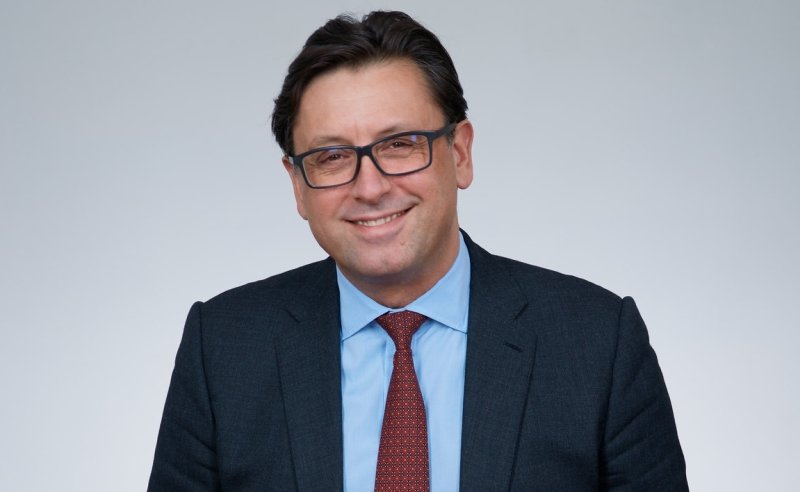
Sanofi and Regeneron unveiled plans last year to restructure their longstanding partnership, and now there are bigger changes afoot, for Sanofi at least: The French drugmaker aims to sell most of its massive stake in its biotech partner.
Sanofi detailed plans to unload about 22.8 million Regeneron shares, a stake worth some $ 13 billion. The sale would put a big chunk of cash into Sanofi’s coffers—and at CEO Paul Hudson’s disposal for potential dealmaking.
The partnership between the two companies “has been one of the most productive in the industry,” Hudson said in a statement. While Sanofi “remains committed” to their partnership, the company believes “the proceeds from this transaction will help further our ability to execute on our strategy to drive innovation and growth,” Hudson said.
With the proceeds, Sanofi will have some serious M&A spending power that could bolster its oncology resurgence, its rare disease business, or both. It could leverage the cash into deals worth as much as $ 50 billion, Bloomberg reports.
RELATED: Sanofi, Regeneron uncouple on long-standing drug partnership, splitting up Praluent, Kevzara
“We are not surprised by this strategic decision which very much ties in with the group’s story,” ODDO analyst Martial Descoutures wrote in a Tuesday investor note, adding, “The question now is what the group intends to do with [the] proceeds.”
The ODDO analyst doesn’t believe Sanofi will use all the cash to make deals; instead, the company will likely invest in organic growth, too, and steer toward several buys rather than one big one. “[W]e think that Sanofi will maintain its external growth momentum, but with a focus on medium-scale deals,” Descoutures wrote, with bolt-on acquisitions worth between $ 2 billion and $ 5 billion.
That strategy would fit in with Sanofi’s recent buyout of Synthorx, a cancer biotech the company purchased for $ 2.5 billion in December.
In all, Sanofi now holds 23.2 million shares and plans to keep about 400,000 “in support of the ongoing collaboration with Regeneron.” Regeneron itself agreed to buy $ 5 billion worth of its own shares. The rest will be subject to a public offering.
The drugmakers have been partners since 2003 and have brought five drugs to market together. Back in December, Sanofi—under new CEO Paul Hudson—moved to restructure the collaboration to zero in on Dupixent, an immunology star with the potential to become a megablockbuster. In results released Friday that could lead to another FDA approval, the drug met two co-primary endpoints in a phase 3 trial in eosinophilic esophagitis.
Under the rejigged partnership, the companies planned to divvy up various rights on PCSK9 drug Praluent and rheumatoid arthritis therapy Kevzara. Since then, Kevzara has gained attention as a possible COVID-19 medicine, so the partners are waiting to see whether it can help patients with novel coronavirus infections.
RELATED: Sanofi beat out 3 suitors and one last-minute bid in its pricey $ 2.5B Synthorx buyout
When Sanofi restructured its Regeneron pact, the company also exited cardiovascular and diabetes drug R&D. The move was part of a shift into disease areas where Sanofi believes it can succeed while the company downsizes in other fields.
